Parts of the Brain & Brain Functions
1/32
There's no tags or description
Looks like no tags are added yet.
Name | Mastery | Learn | Test | Matching | Spaced |
|---|
No study sessions yet.
33 Terms
Frontal Lobe
Responsible for problem-solving, reasoning, and motor skills.
Parietal Lobe
Contains the area where bodily sensations occur, such as touch and pain.
Temporal Lobe
Contains areas important to hearing and understanding speech.
Occipital Lobe
Contains areas important to vision.
Medulla Oblongata
Controls vital reflexes. Regulation of breathing, heart rate and blood pressure.
Cerebellum
Control of finely coordinated movements. Coordination center, voluntary movement and balance.
Cerebrum
Higher level breain functions; thoughts, emotions, memory, reasoning, language, and processing of sensory information.
Brain Stem
Connection to spinal cord. Filters information flow between peripheral nervous system and the rest of the brain.
Cerebellum
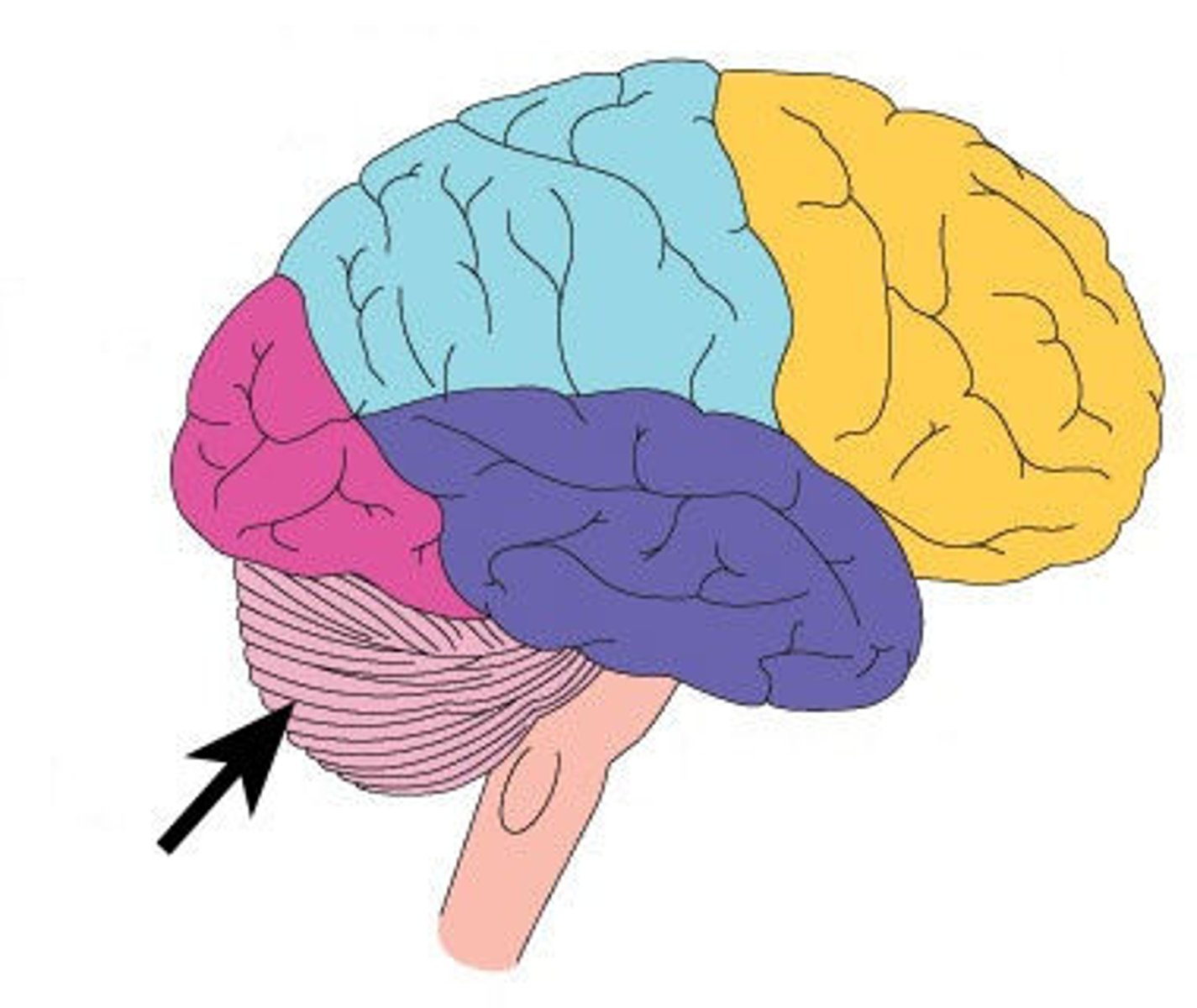
Cerebrum
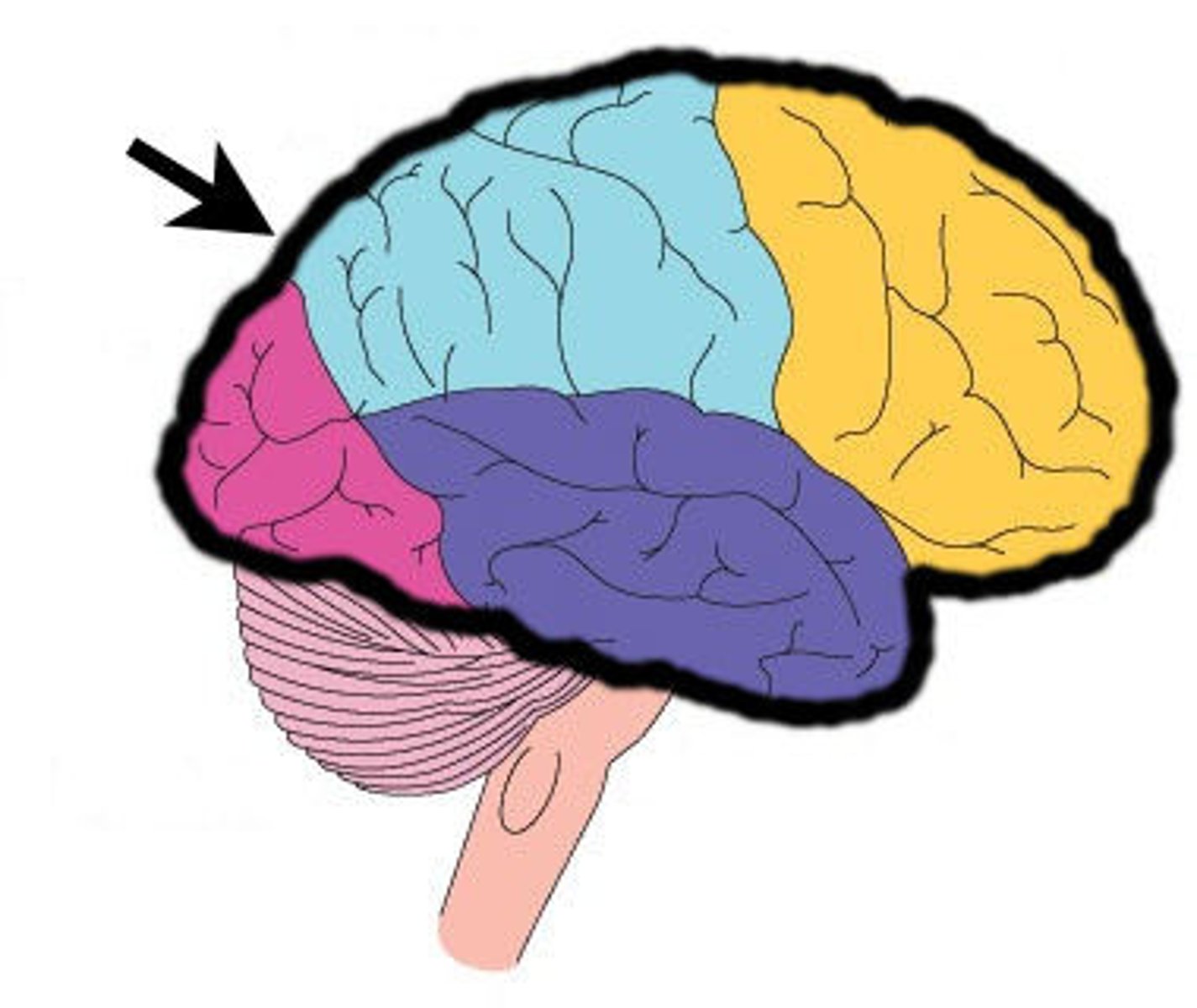
Frontal Lobe

Medulla Oblongata

Occipital Lobe

Parietal Lobe

Brain Stem
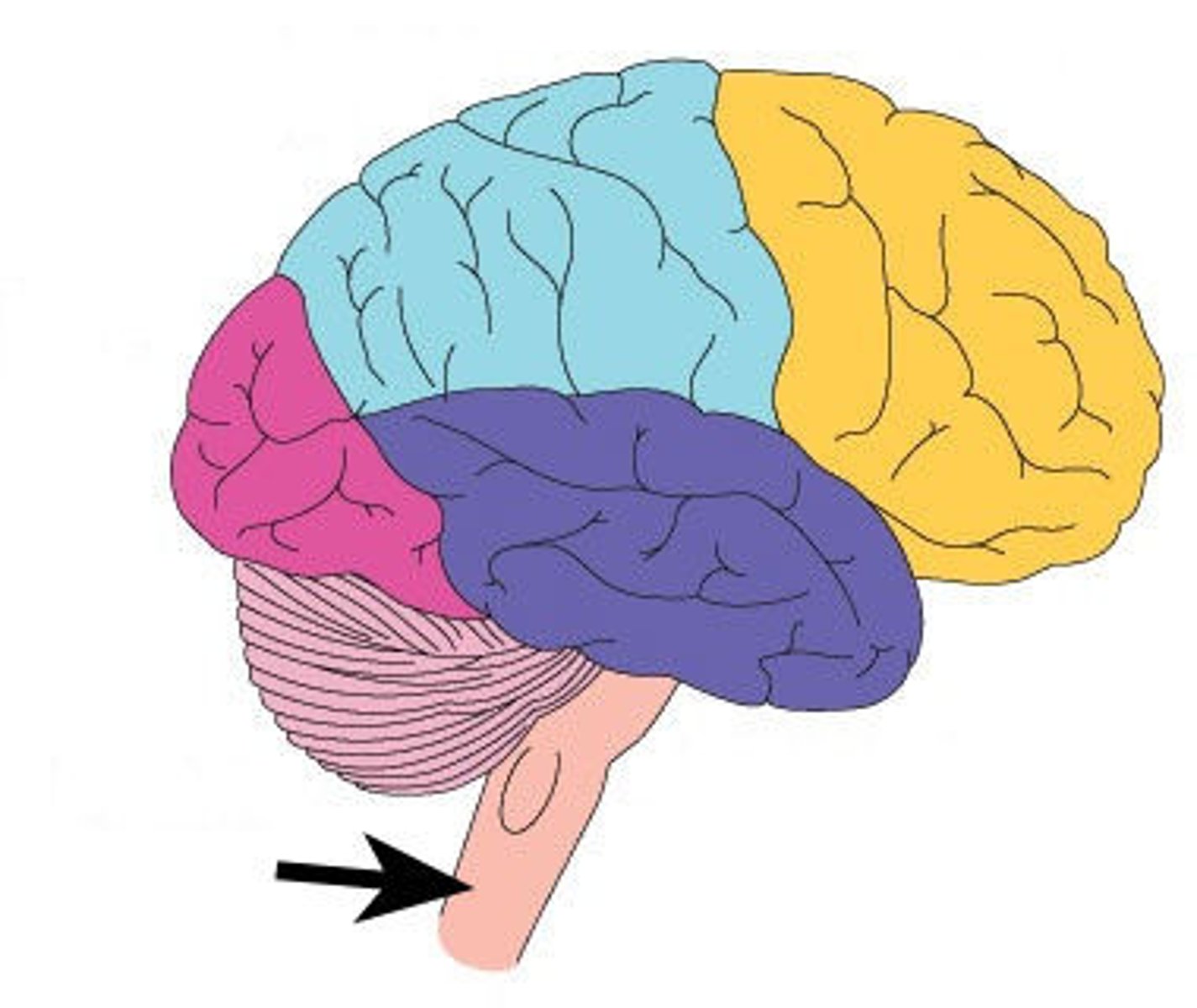
temporal Lobe

Spinal Cord
Sends signals between brain and rest of body
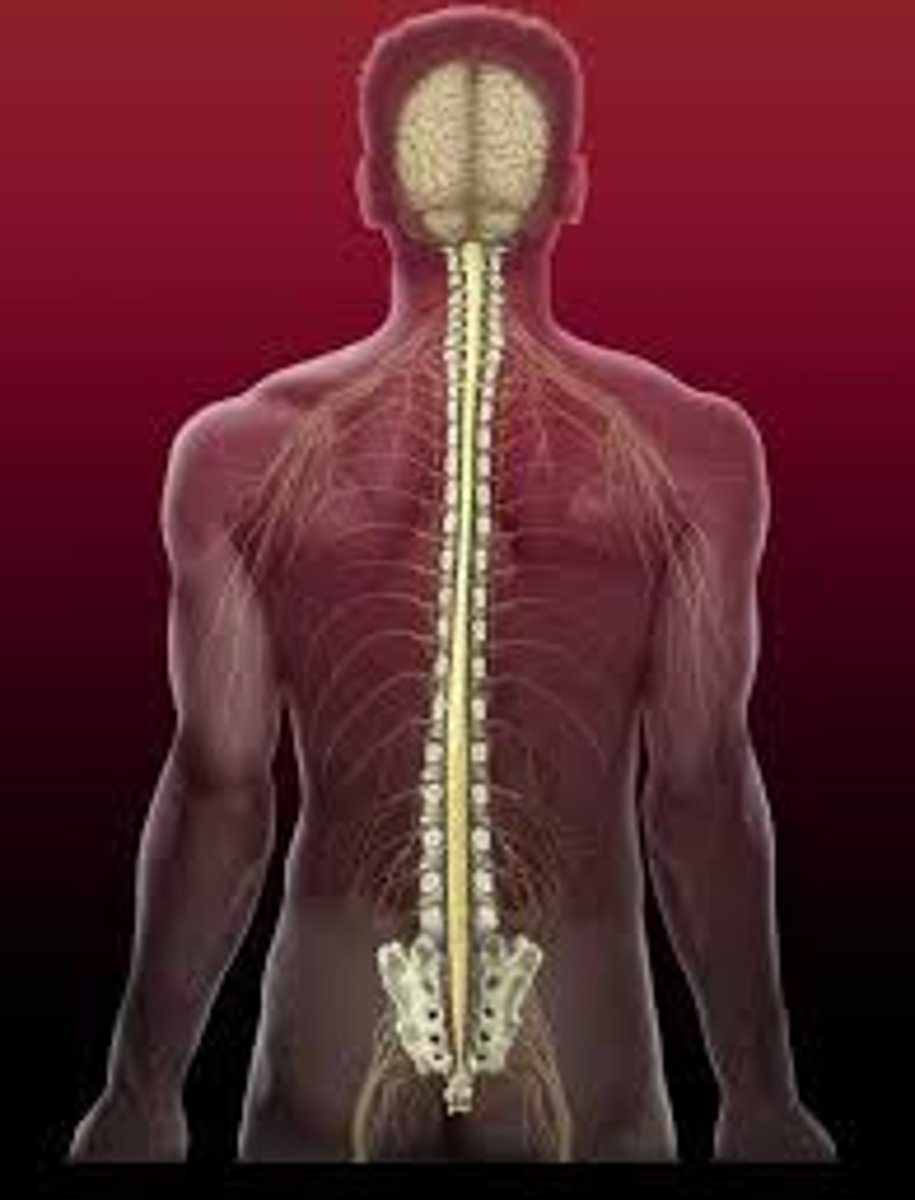
Brain Stem
Oldest part of the brain, responsible for survival functions (e.g. breathing, heart beat, etc.); includes medulla and pons; aka "the lizard brain"
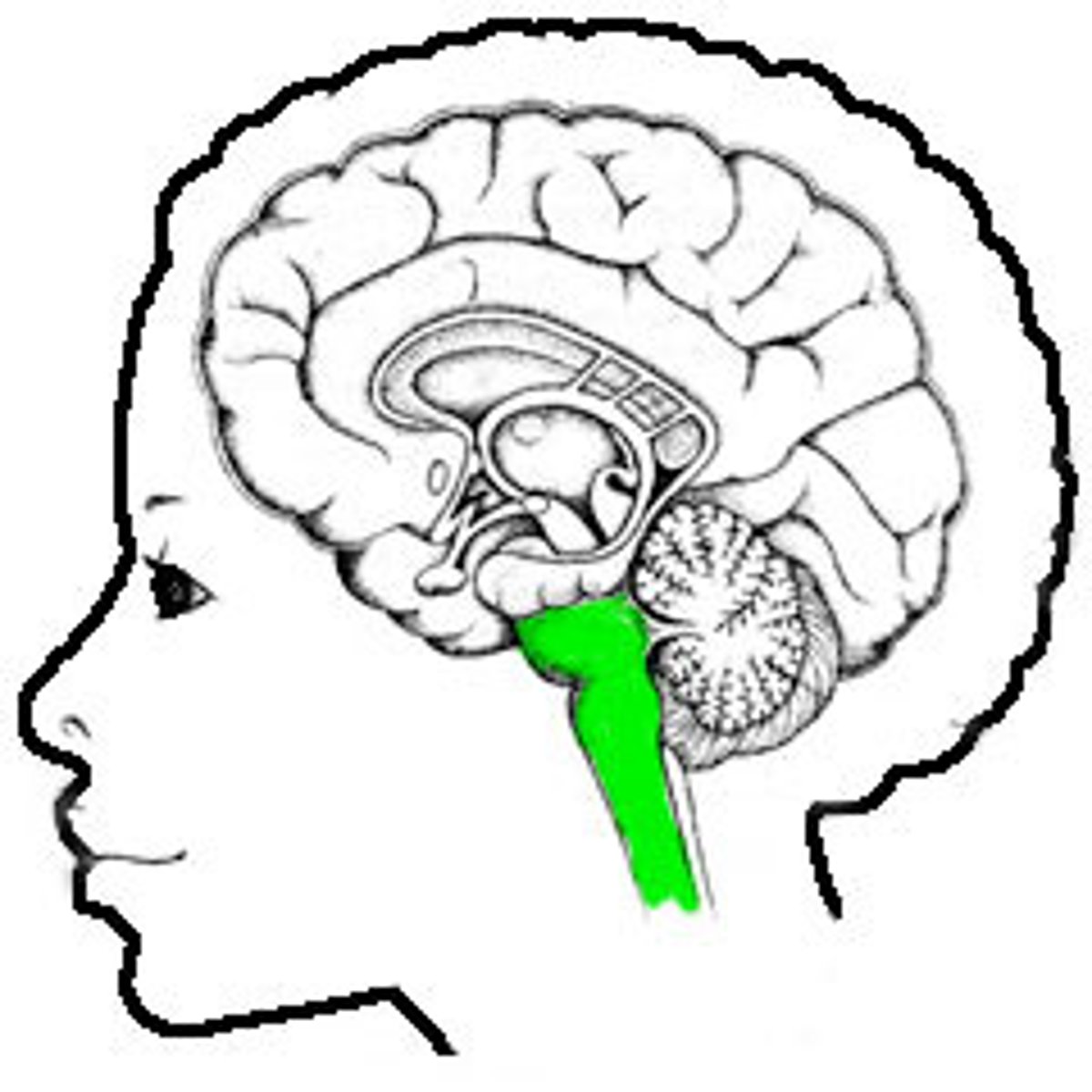
Pons
Responsible for coordination and movement (relays messages between cerebrum and cerebellum); involved in sleep, dreams, and attention.
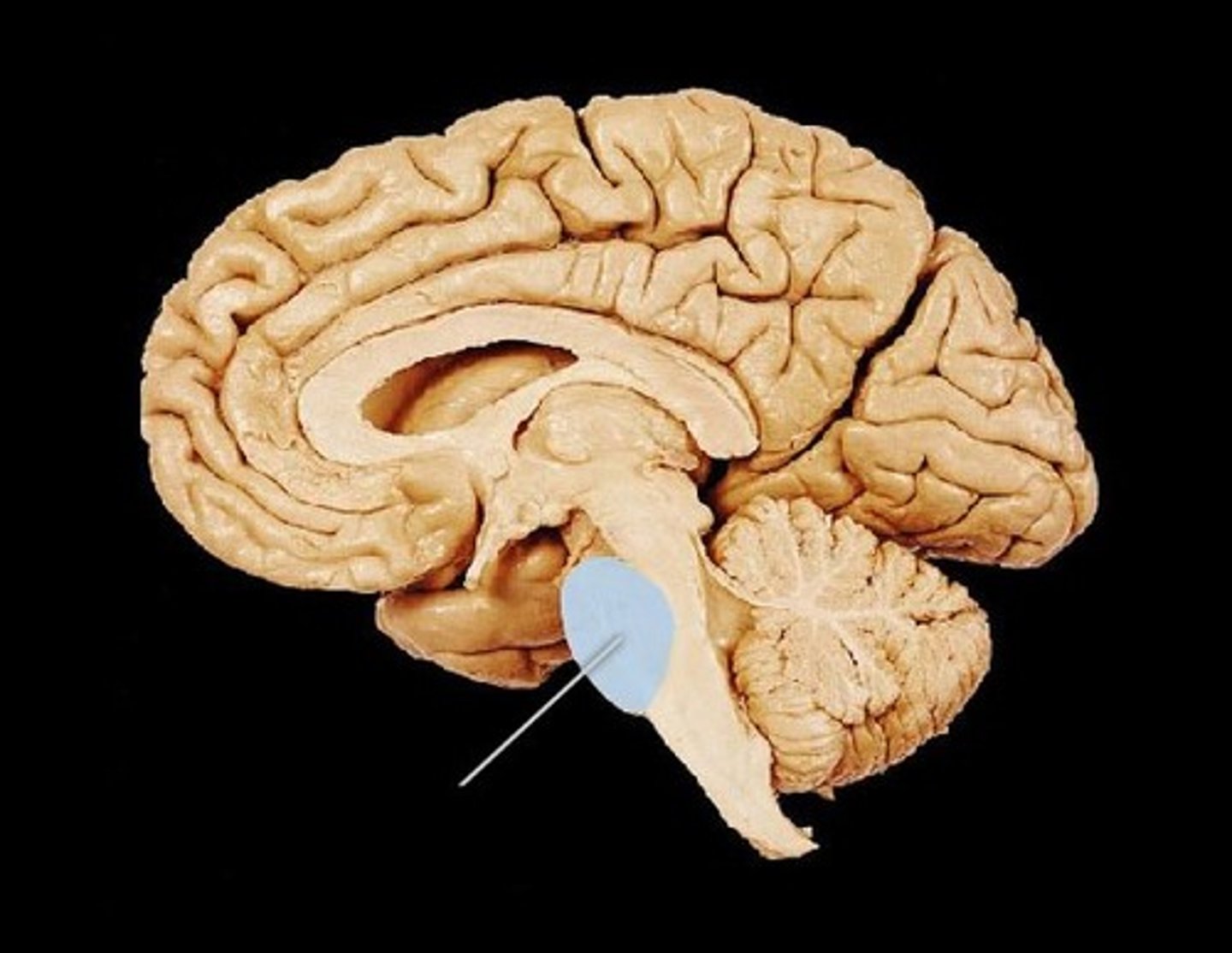
Thalamus
Relays information from the senses and transmits the information to the cerebral cortex.

Limbic System
Hippocampus, Amygdala, Pituitary Gland, Hypothalamus; involved in emotion
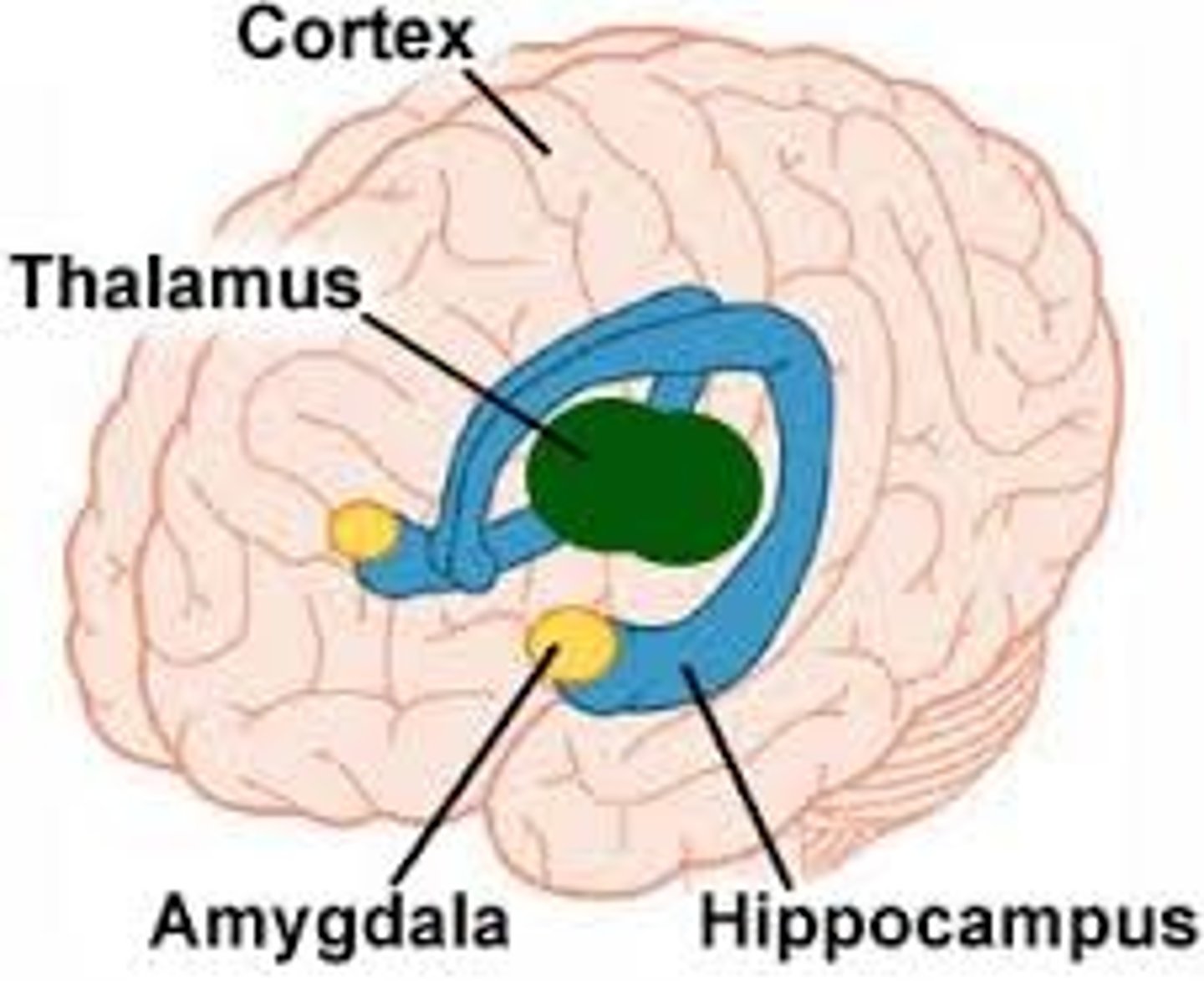
Hippocampus
Helps to form memories ("hippo never forgets")
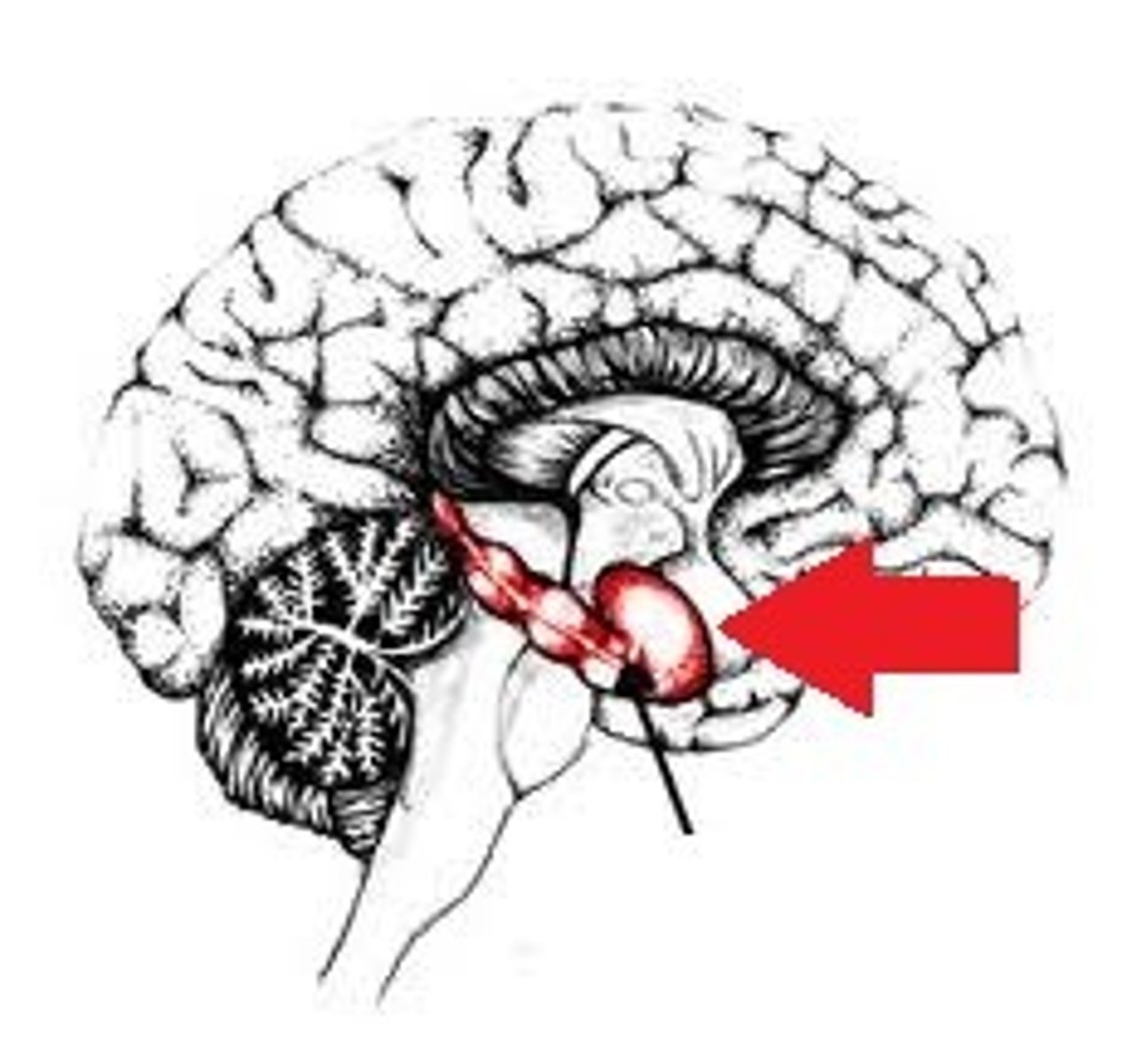
Amygdala
Fight or flight, emotional center, anger or fear
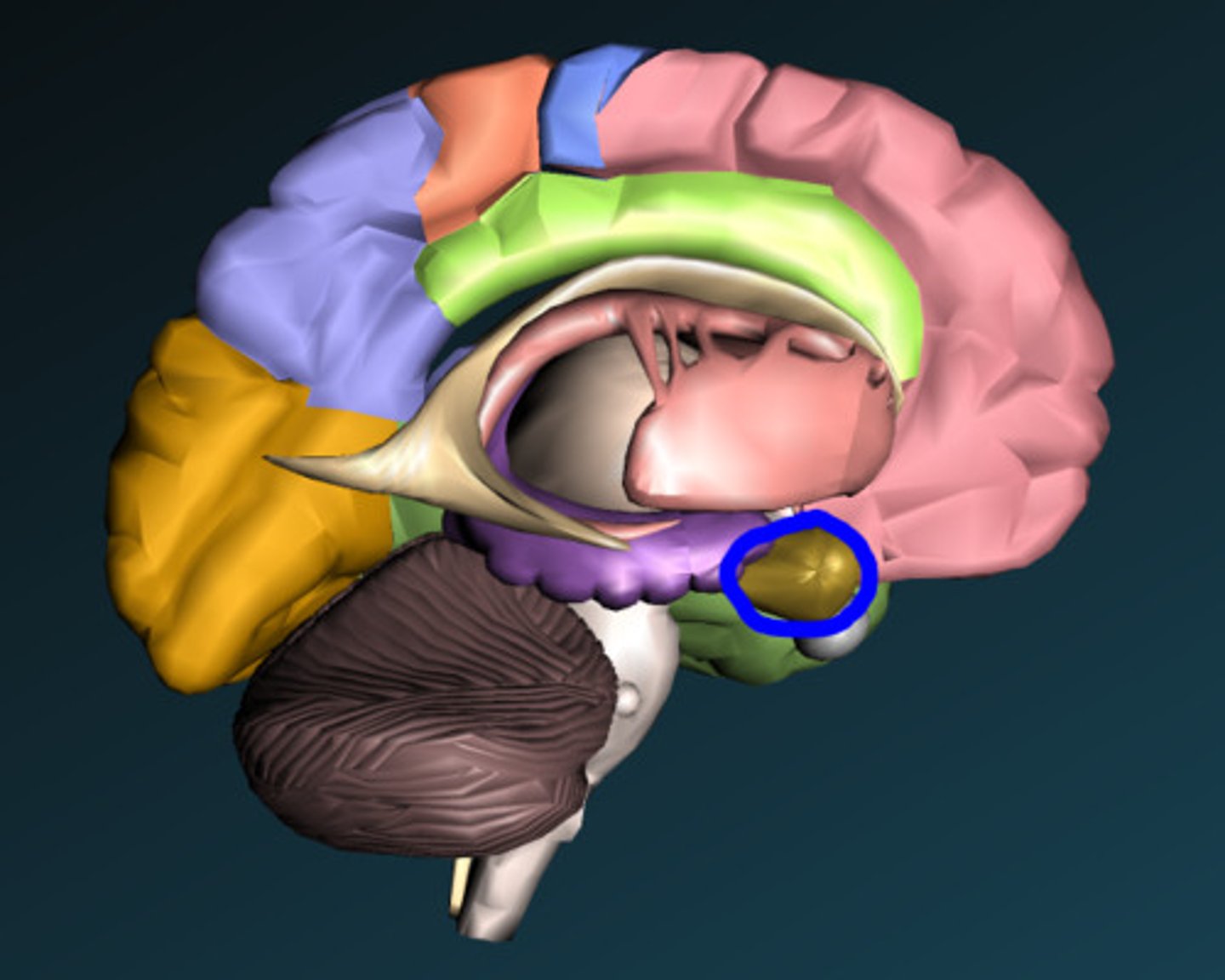
Hypothalamus
Controls body temperature (the body's thermostat), circadian rhythms, and thirst and hunger.
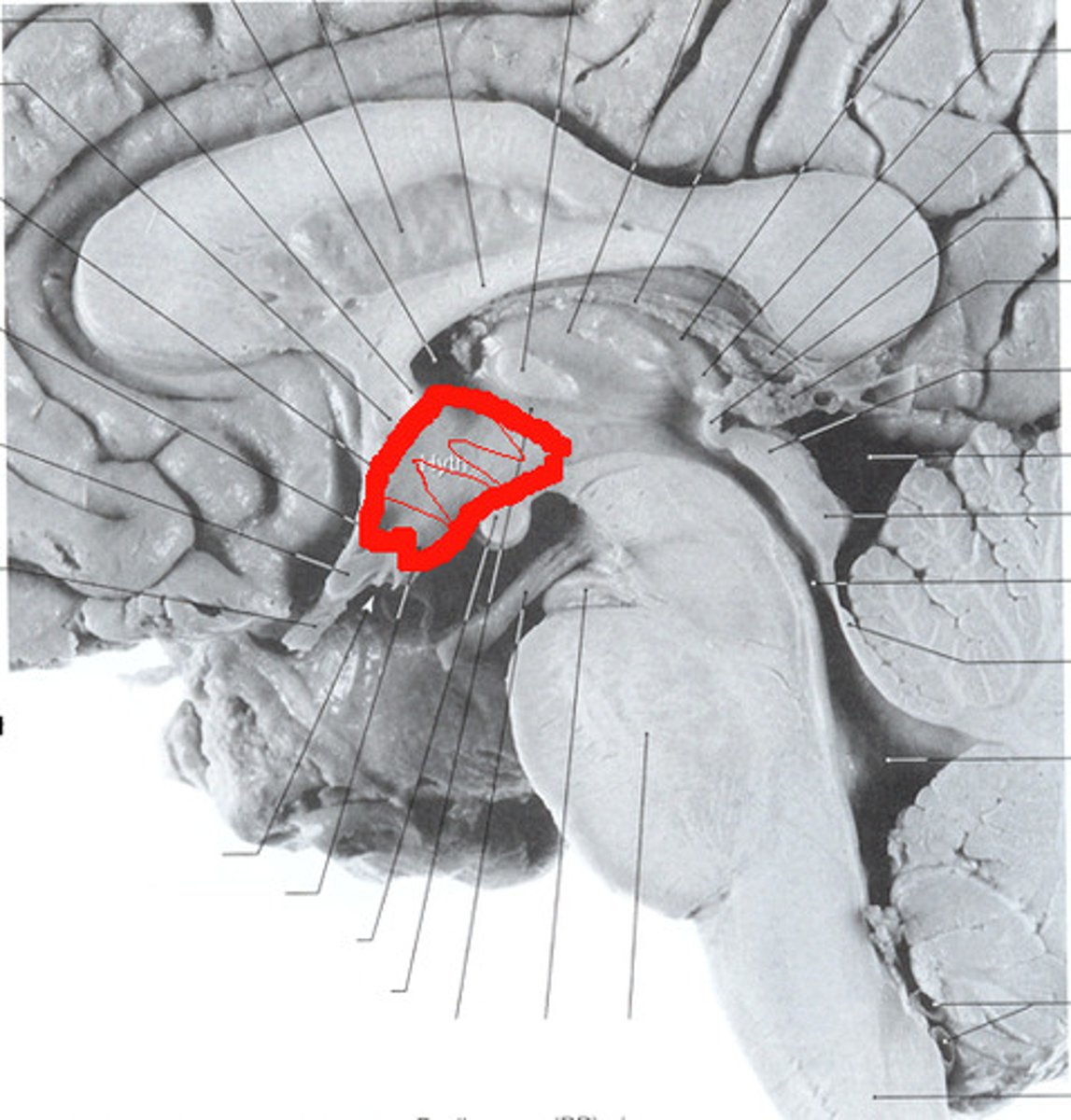
Pituitary gland
The "master" endocrine gland, responsible for growth.
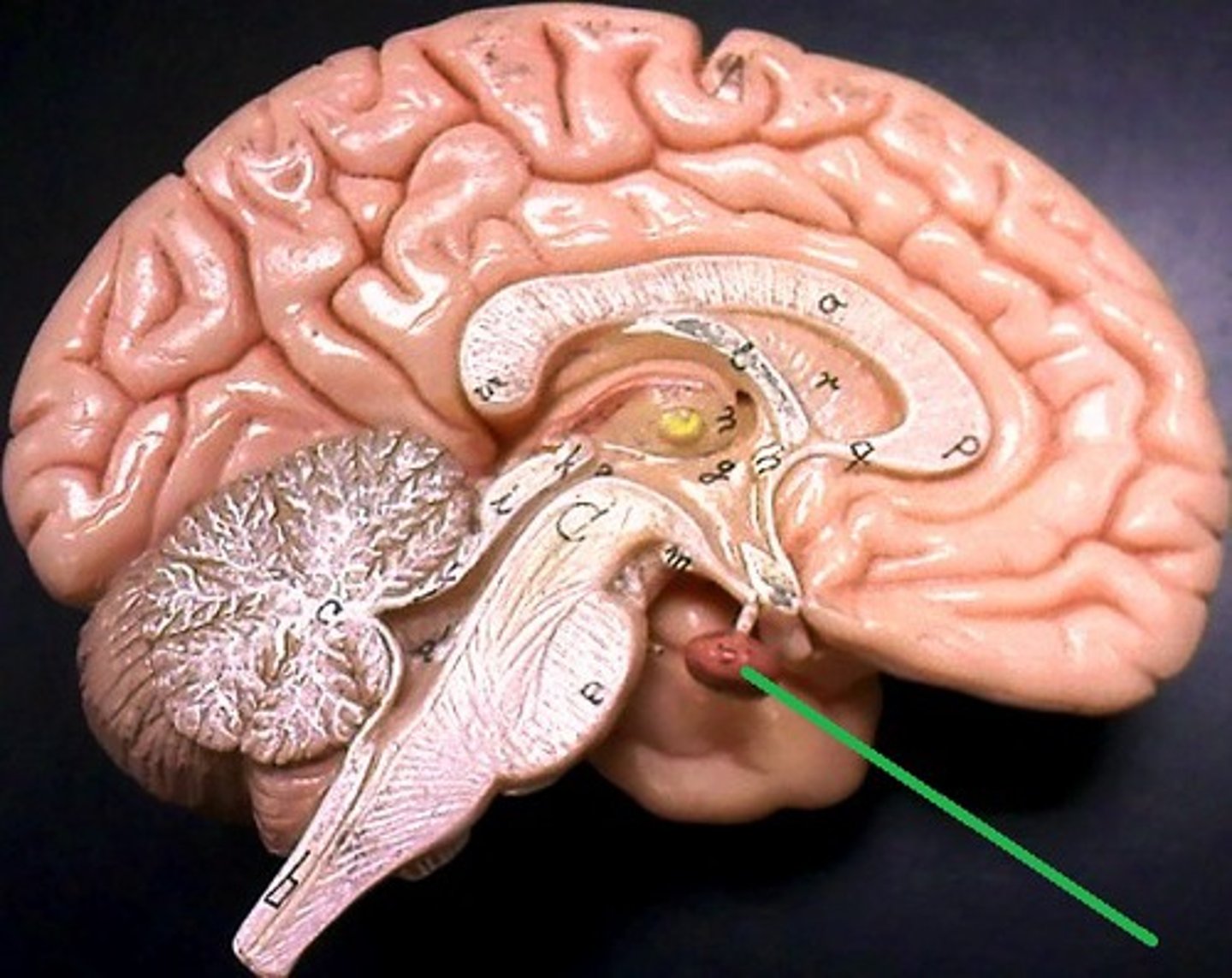
Corpus Callosum
Thick band that connects left and right hemispheres of the brain.
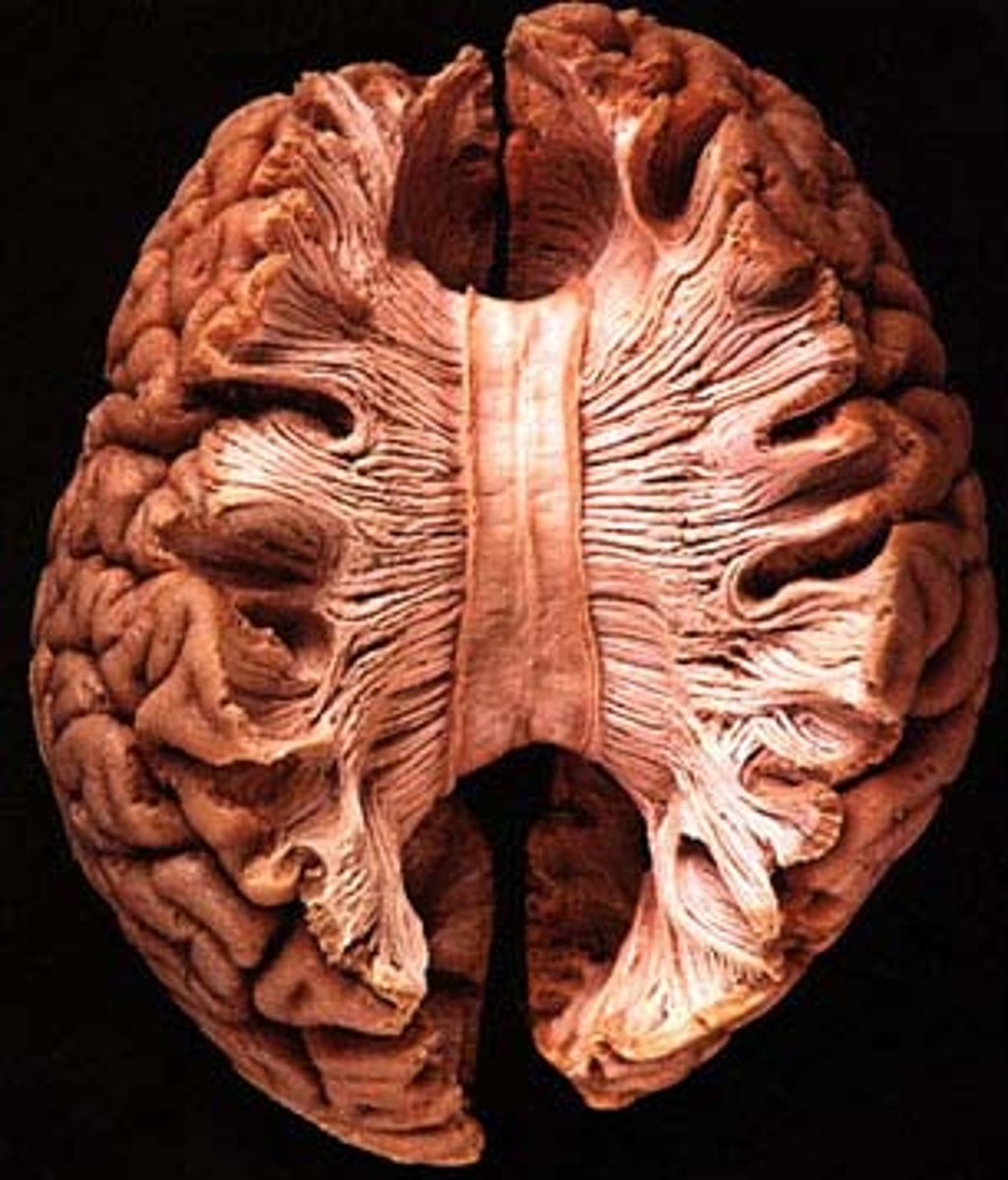
Cerebrum
Information processing, outer layer of brain.

Lobes of the cerebrum
Occipital, Temporal, Parietal, Frontal
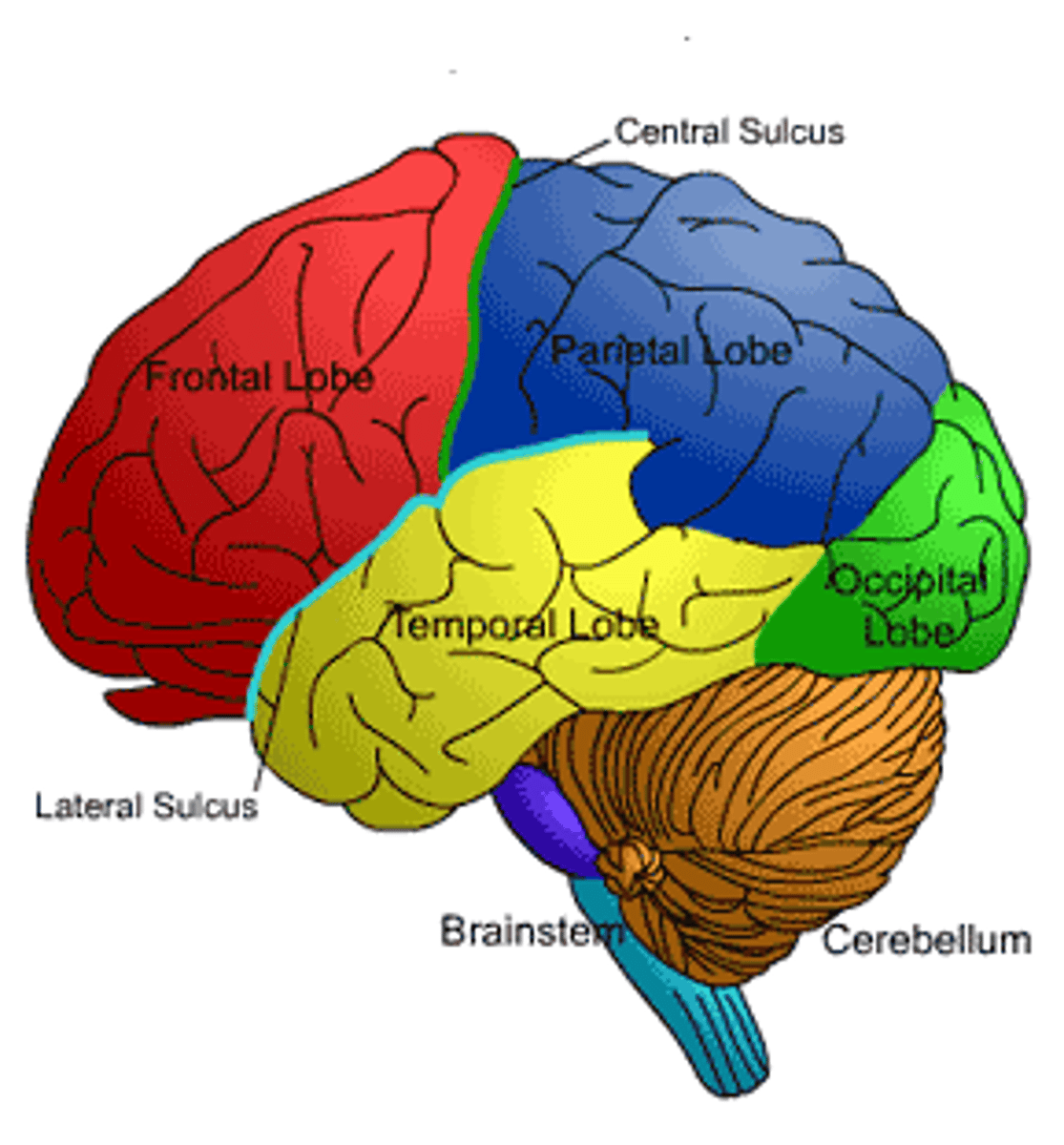
Occipital Lobe
Visual Perception
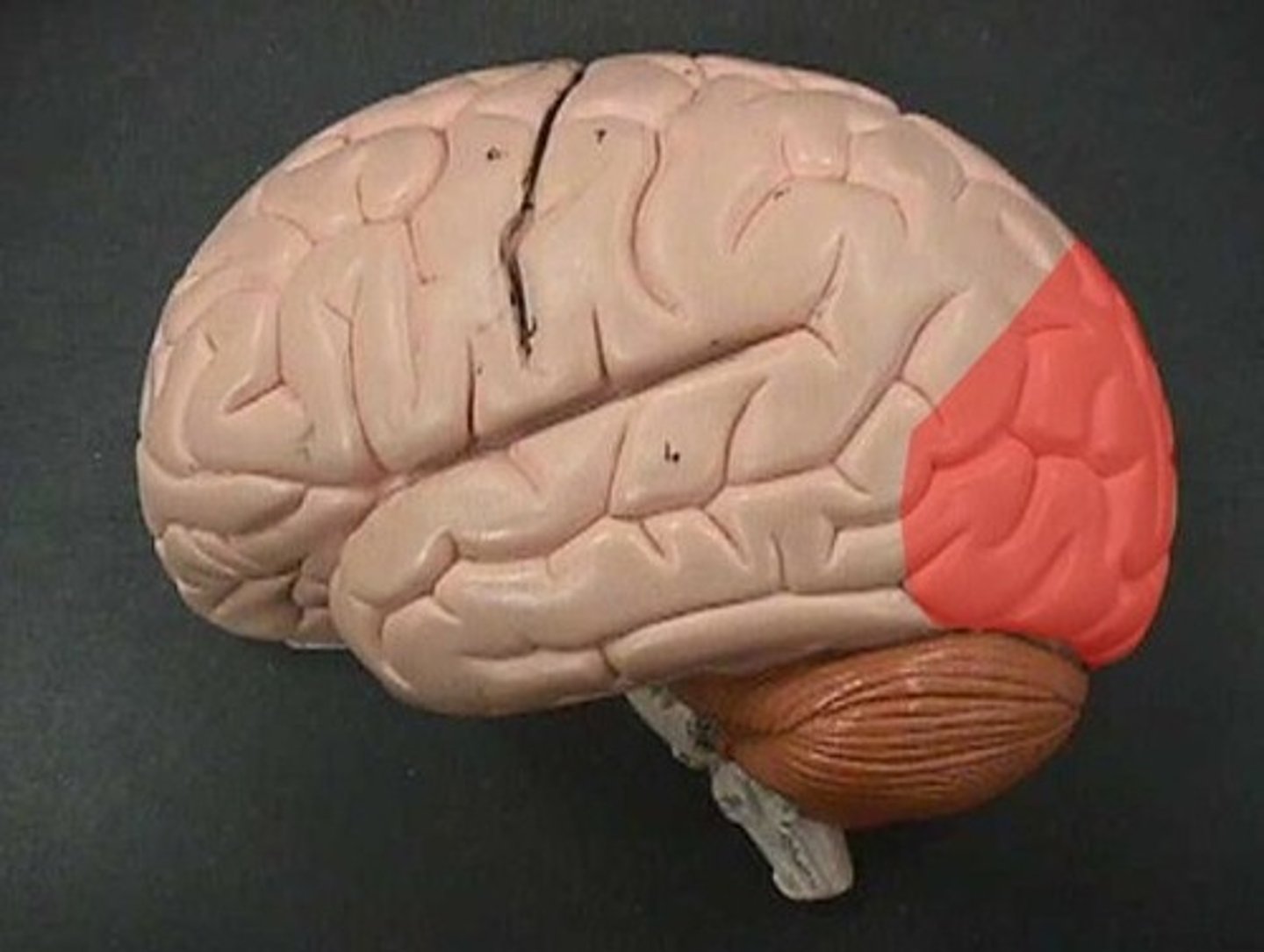
Temporal Lobe
Hearing
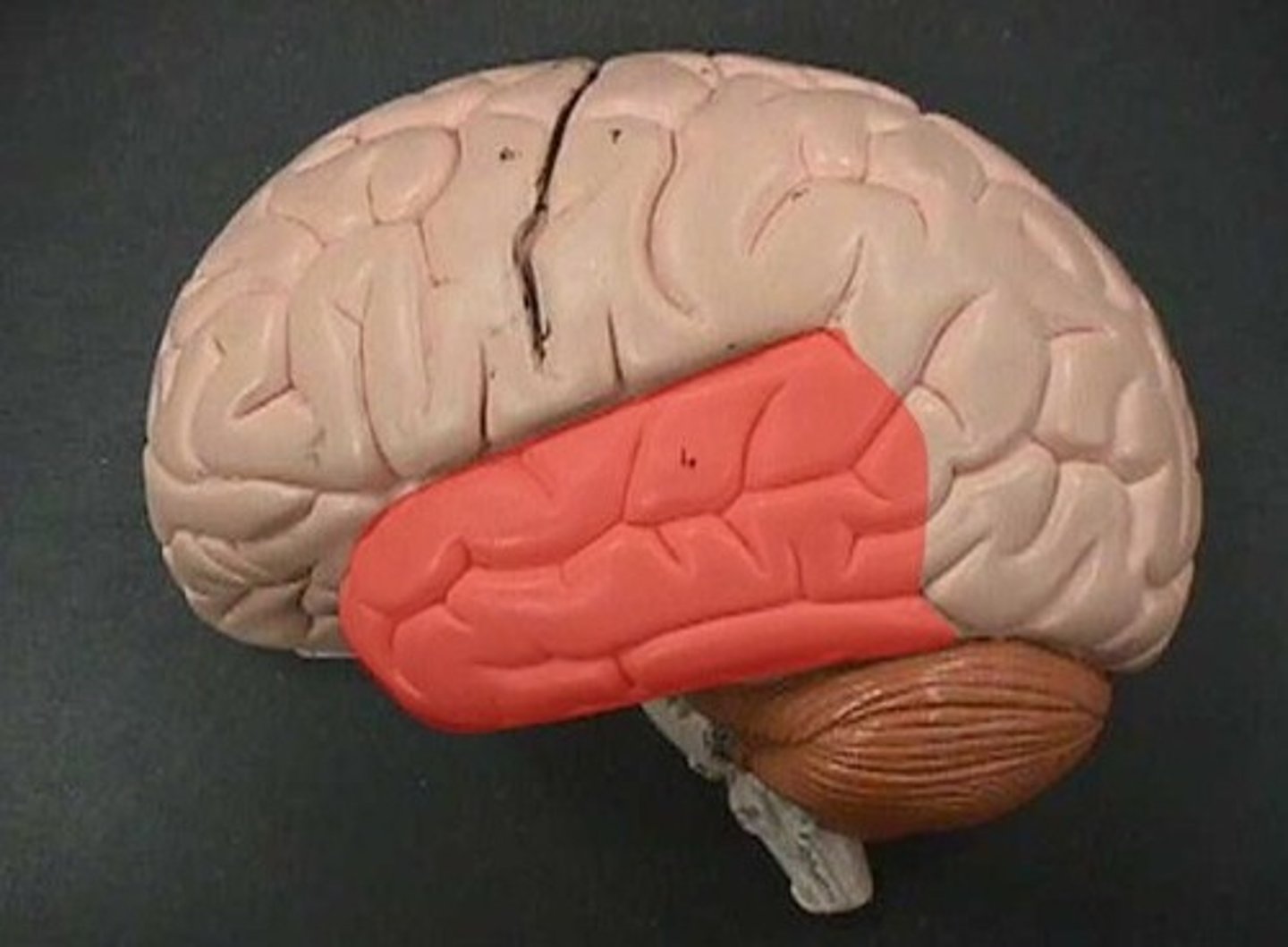
Parietal Lobe
Mainly made up of "association areas" for perception and sensation (includes sensory cortex)
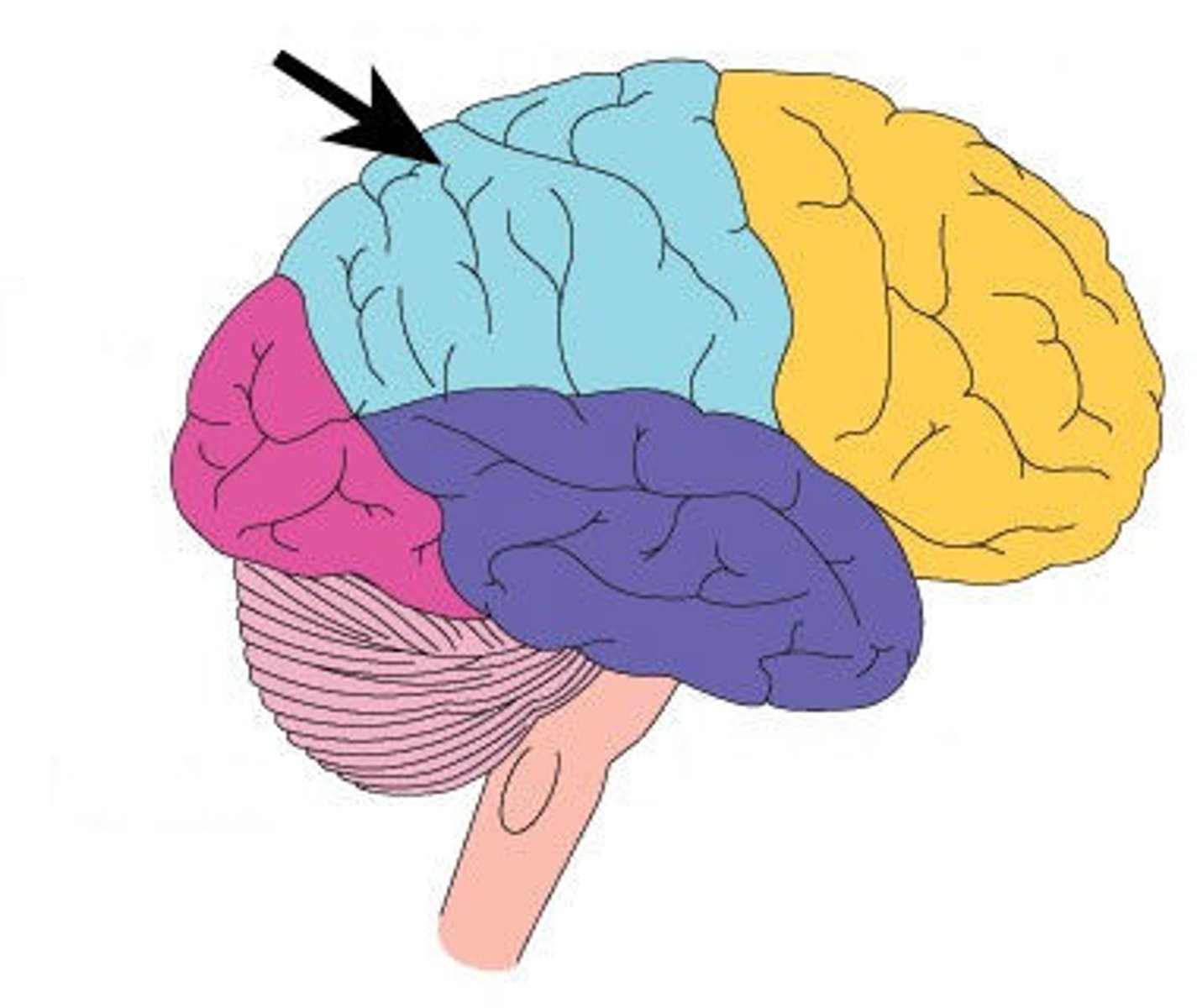
Frontal Lobe
Responsible for planning, personality, judgement, voluntary movement (motor cortex)
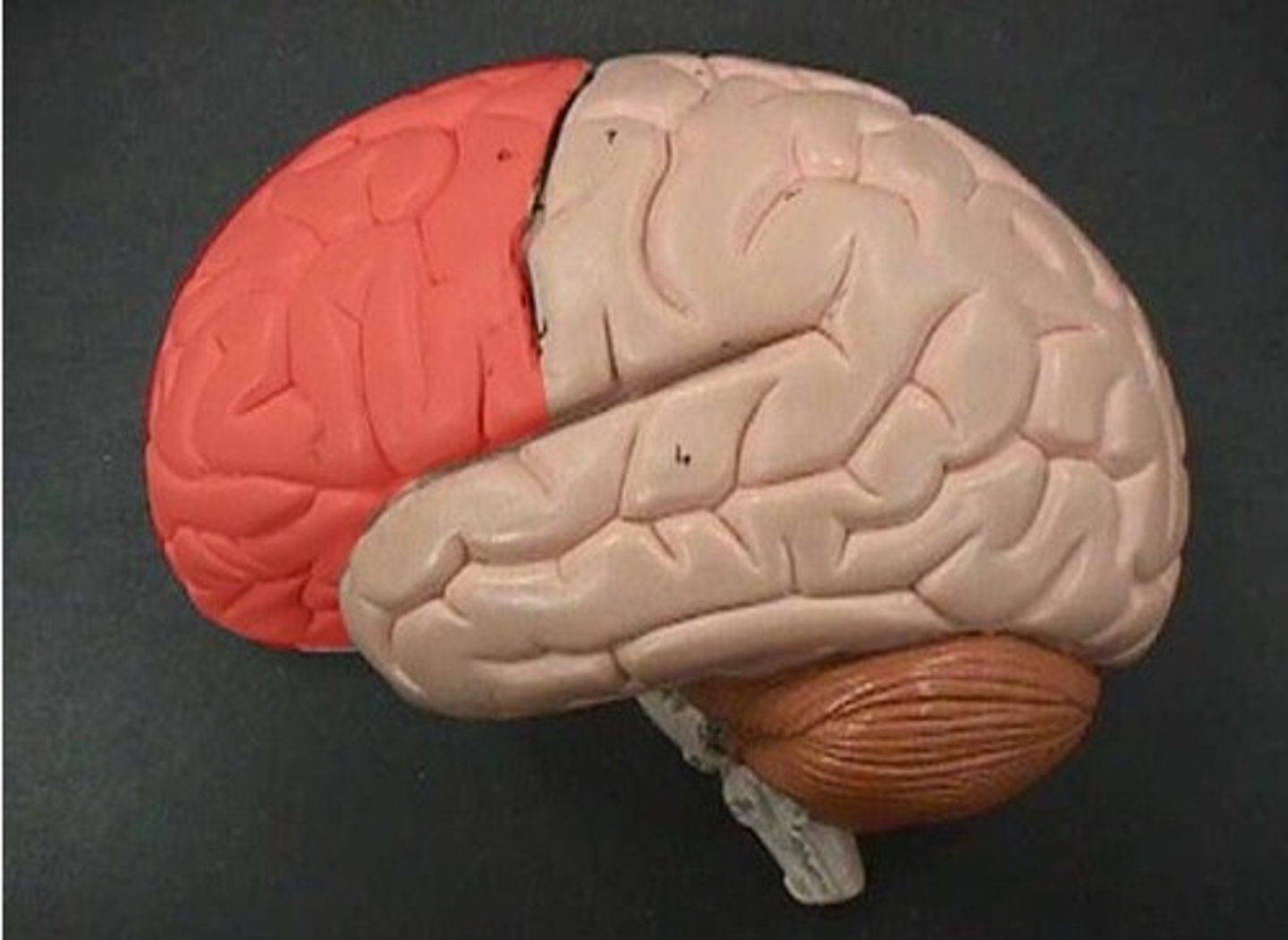
Ventricles
Contains cerebrospinal fluid, which cushions the brain in spinal fluid (and also circulates nutrients, removes waste)
